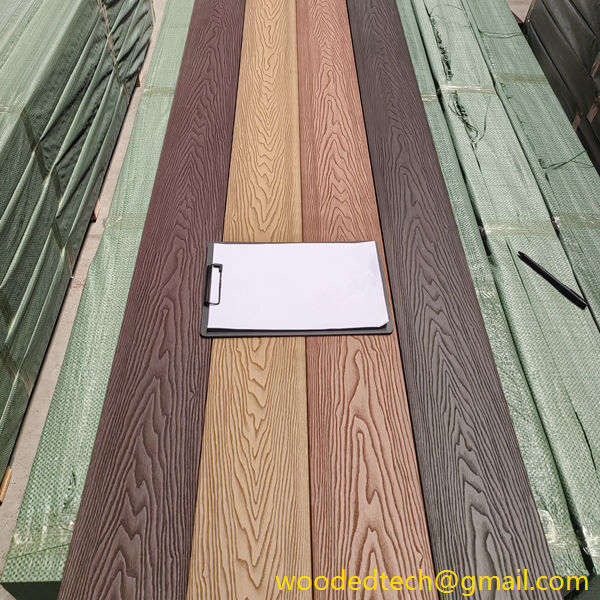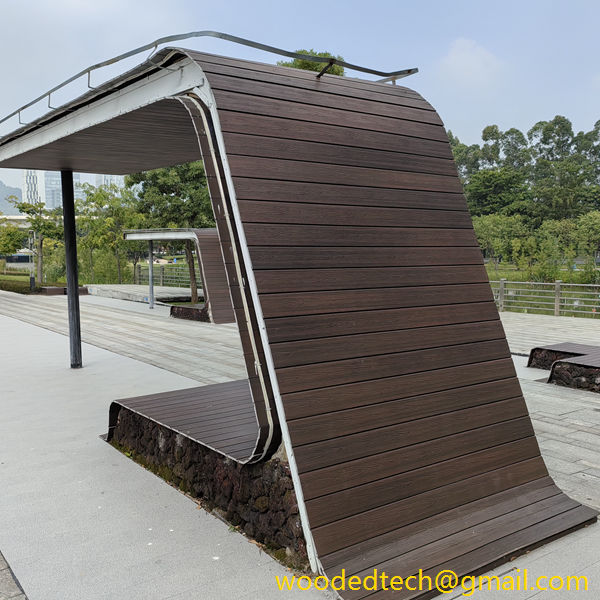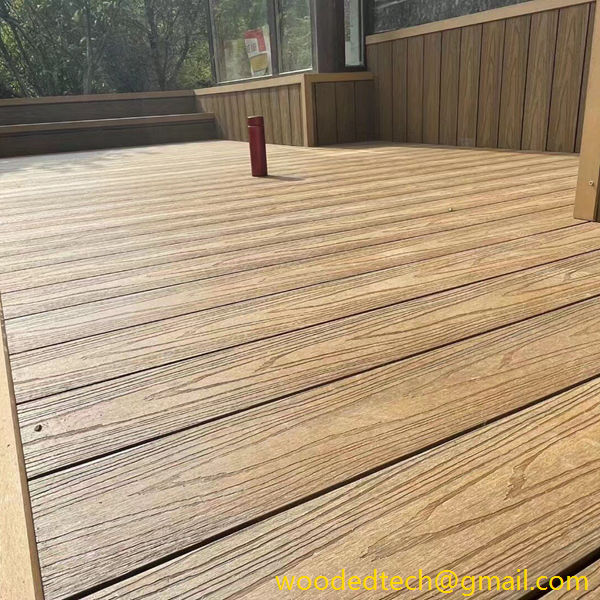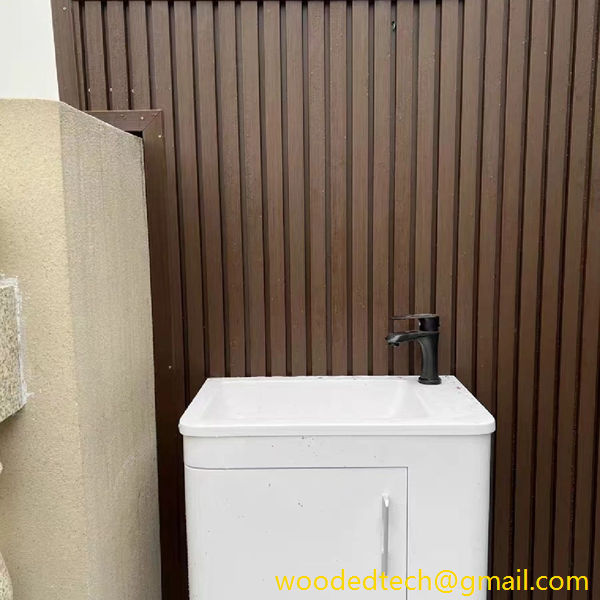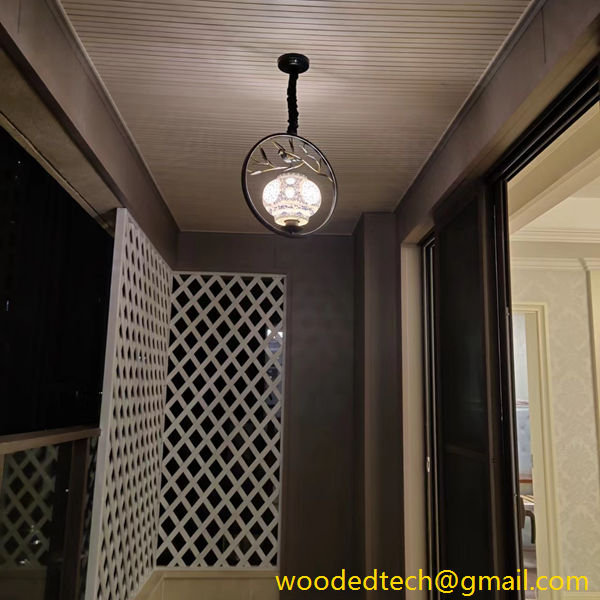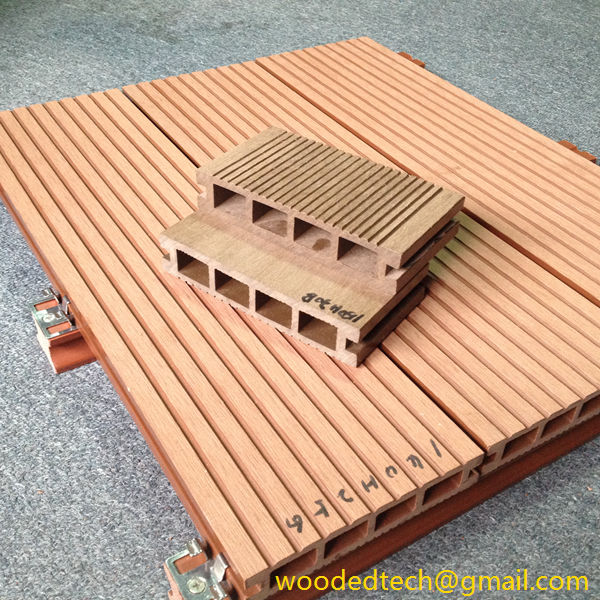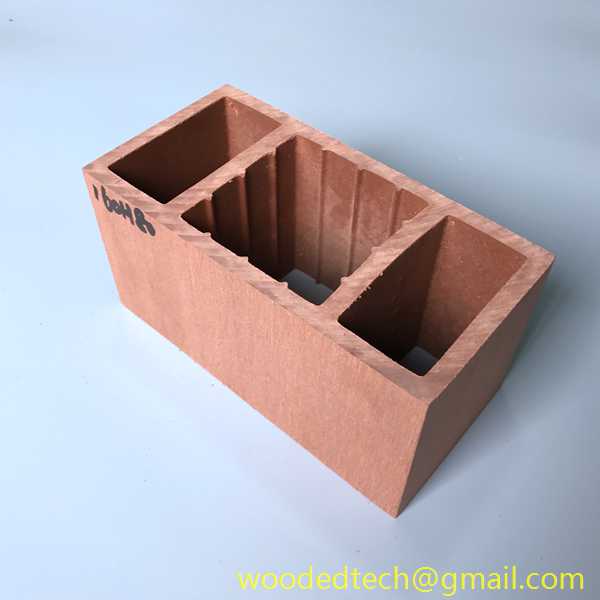WPC flooring, which stands for Wood Plastic Composite flooring, has gained immense popularity in recent years due to its unique blend of aesthetics and functionality. The production process of WPC flooring involves several stages that combine the advantages of both wood and plastic, resulting in a durable and versatile flooring option. Understanding the material production process can provide valuable insights into why WPC flooring is an attractive choice for homeowners and businesses.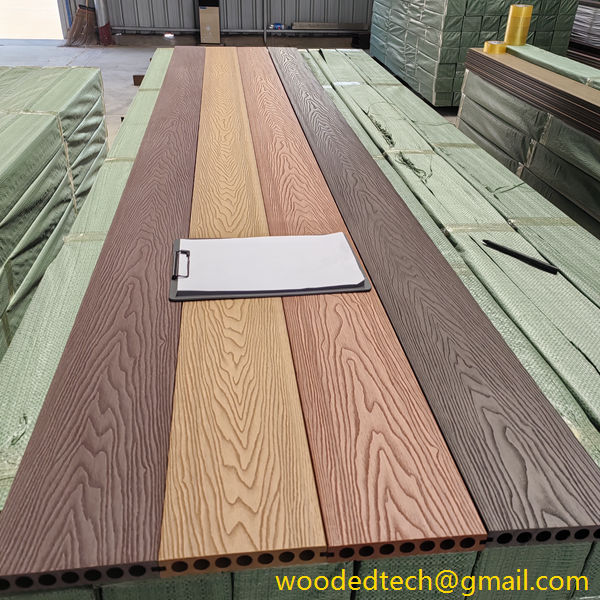
The primary components of WPC flooring are wood fibers and thermoplastic polymers. The wood fibers are typically sourced from recycled wood products, which not only promotes sustainability but also reduces waste. The use of recycled materials is a significant factor in the eco-friendliness of WPC flooring. The polymer component, often made from high-density polyethylene or polypropylene, contributes to the water resistance and overall durability of the product.
The first stage in the production of WPC flooring involves the careful selection and preparation of raw materials. The wood fibers are processed to achieve a specific size and consistency. This preparation is crucial because it ensures that the final product has the desired texture and appearance. After processing, the wood fibers are dried to remove excess moisture, which is essential for preventing mold growth and ensuring proper bonding during the extrusion process.
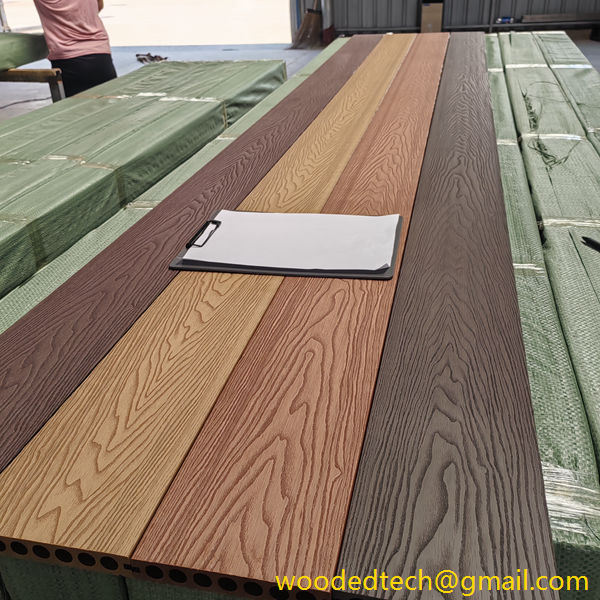
Once the wood fibers are prepared, they are mixed with the thermoplastic polymers. This mixture is often combined with various additives, such as colorants, UV stabilizers, and foaming agents, to enhance the performance and aesthetic qualities of the flooring. The formulation of this mixture is a critical step, as it directly influences the strength, flexibility, and visual appeal of the finished product.
The next phase involves the extrusion process, where the blended materials are heated and forced through a mold to create the desired shape of the flooring planks. This step is vital as it determines the thickness and dimensions of the WPC flooring. The extrusion process also allows for the creation of various surface textures and patterns, mimicking the appearance of natural wood grains. This versatility in design makes WPC flooring an appealing option for a wide range of interior styles.
After the extrusion, the flooring planks undergo a cooling process to solidify their structure. This cooling phase is essential for ensuring that the planks maintain their shape and dimensions. Once cooled, the planks are cut to size and undergo additional finishing processes, such as sanding and surface treatment. These finishing touches enhance the flooring’s durability and appearance, providing a smooth and attractive surface that is ready for installation.
One of the key advantages of WPC flooring is its resistance to moisture, making it an excellent choice for areas prone to spills and humidity, such as kitchens and bathrooms. The production process contributes significantly to this characteristic. The combination of wood and plastic creates a composite material that resists warping, swelling, and other forms of damage commonly associated with traditional hardwood flooring. This resilience is a major selling point for consumers looking for long-lasting flooring solutions.
In addition to its functional benefits, WPC flooring offers a wide variety of design options. The production process allows for the incorporation of various colors, patterns, and textures, resulting in a product that can complement any décor. Whether a homeowner prefers the look of rustic wood or modern sleek finishes, WPC flooring can meet those aesthetic demands. This adaptability is further enhanced by the ability to print realistic wood grain patterns onto the surface of the planks during the manufacturing process.
Moreover, the implementation of advanced technologies in the production of WPC flooring has led to improved quality and consistency. Manufacturers are increasingly utilizing automation and precision engineering to ensure that each plank meets strict quality standards. This focus on quality control not only enhances the durability of the product but also reduces waste, making the production process more efficient and environmentally friendly.
In conclusion, WPC flooring represents a remarkable fusion of wood and plastic, resulting in a product that is both aesthetically pleasing and highly functional. The production process, from the selection of raw materials to the final finishing touches, plays a crucial role in determining the quality and performance of the flooring. With its moisture resistance, versatility in design, and eco-friendly attributes, WPC flooring is an excellent choice for consumers looking for a durable and stylish flooring option. As the market continues to evolve, innovations in production techniques will likely enhance the appeal and functionality of WPC flooring even further, solidifying its position as a leading choice in the flooring industry.

